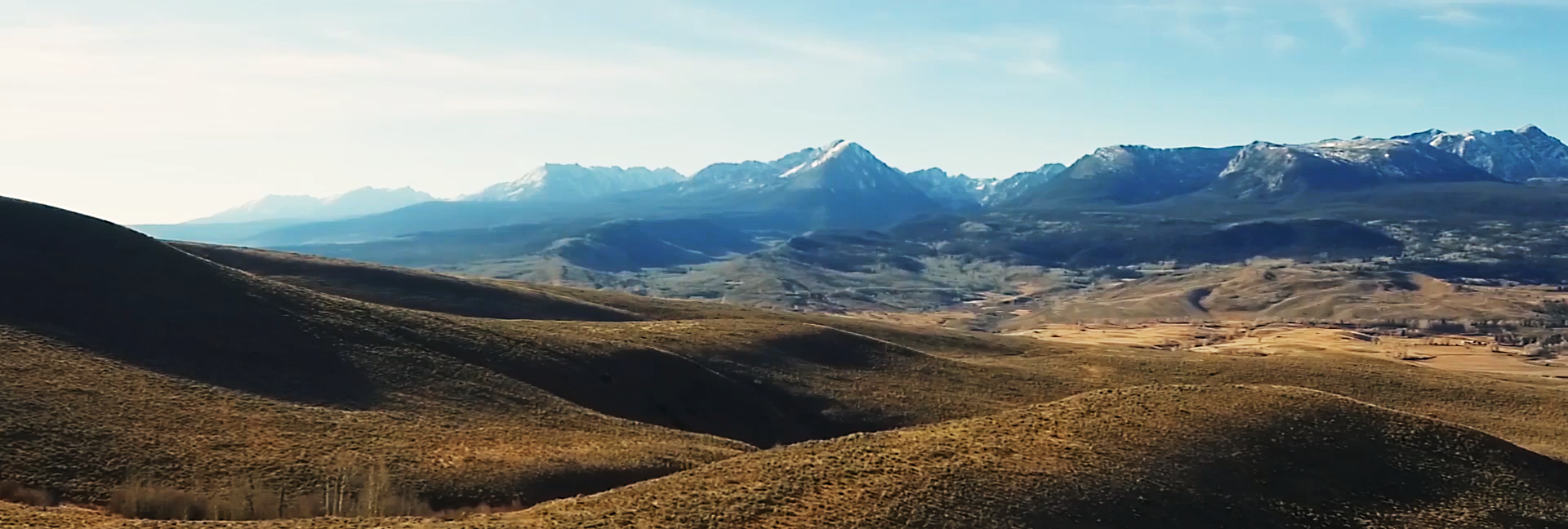Blog
How Biden Can Combat Environmental Racism and Conserve Land For Future Generations

At the beginning of Biden’s term, the President issued an executive order, making a historic commitment to the American people, to conserve 30% of the country’s land and water by 2030. Key to achieving this bold conservation goal is utilizing the Antiquities Act to designate national monuments. Earlier this month, President Biden used this executive power to create his first national monument, Camp Hale-Continental Divide.
As we celebrate a critical win, it’s important to remember this is one step toward a much larger goal. President Biden campaigned heavily on the environment because the public is continually concerned about the climate crisis; 8 out of 10 voters in western states claimed conservation plays a role in their decisions this midterm season. Conserving public lands preserves unique landscapes, supports local economies, and honors communities tied to the lands’ histories.
These protections are extremely popular across the country, and Biden even stated that protecting public land is the “easiest thing [he’s] done as President.”As we move ever closer to 2030 and our conservation goals, President Biden should capitalize on the momentum after Camp Hale-Continental Divide, which was extremely popular among local businesses, veterans, and recreationists.
In his speech following designation, Biden stated the importance of preserving the land not only for its military history but because of its indigenous history – “for thousands of years tribal nations have been stewards of this land” – made even more noteworthy given his official acknowledgment of Indigenous People’s day that occurred only two days prior to the designation.
Other Culturally Significant Places that Still Need Protection
There are so many more places that are considered sacred and irreplaceable to communities around the country that also need protection. Groups have been fighting for decades in some cases for monument designation and similarly to Camp Hale, Congress has failed to pass legislative protections.
Below are a few significant landmarks communities and activists have been fighting to have recognized.
Avi Kwa Ame (Nevada) – Avi Kwa Ame, also known as Spirit Mountain, is a site in Nevada that is home to threatened species and culturally significant land to many Native American tribes and is supported by a coalition of Native American groups, environmental groups, and local governments. Supporters of the Avi Kwa Ame National Monument say it will protect biodiversity, create wildlife corridors, and preserve a culturally significant site.
Castner Range (Texas) Once used by the US Army as an area to test weapons, Castner Range now boasts a beautiful landscape filled with Mexican poppies and unique biodiversity. Since 1971, local grassroots movements have fought to protect the range, but nothing can be done at the state and local level due to the presence of explosives and other ordinances. So either a national monument designation is required to conserve the land, or it remains unsafe and unopened to the public. The surrounding community, which is majority Latino, is advocating to make Castner Range a monument to close the nature gap.
Communities overwhelmingly support national monument designation not only because it is a climate solution but also because it protects significant cultural landscapes for future generations.
Read more about the Biden Administration’s recent Camp Hale and Ten Mile Range Monument Designation.
Learn more about our work conserving public lands here.
